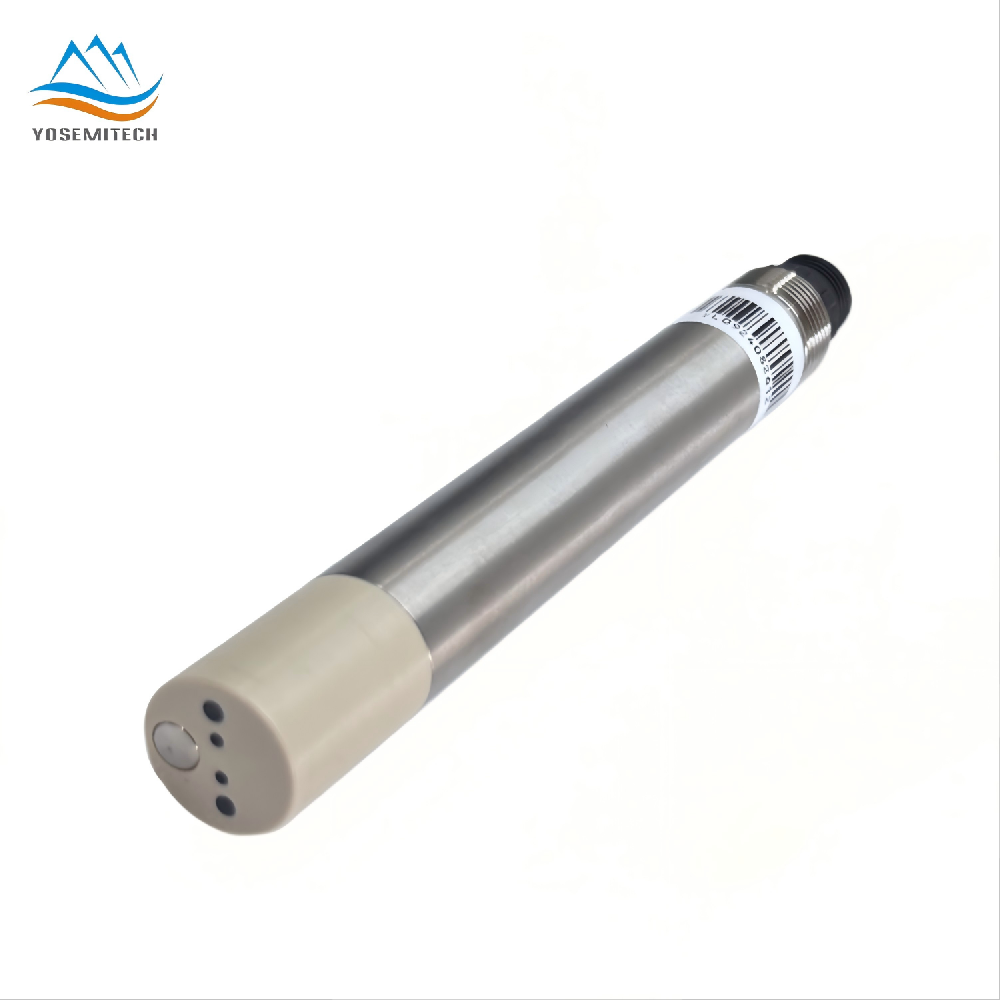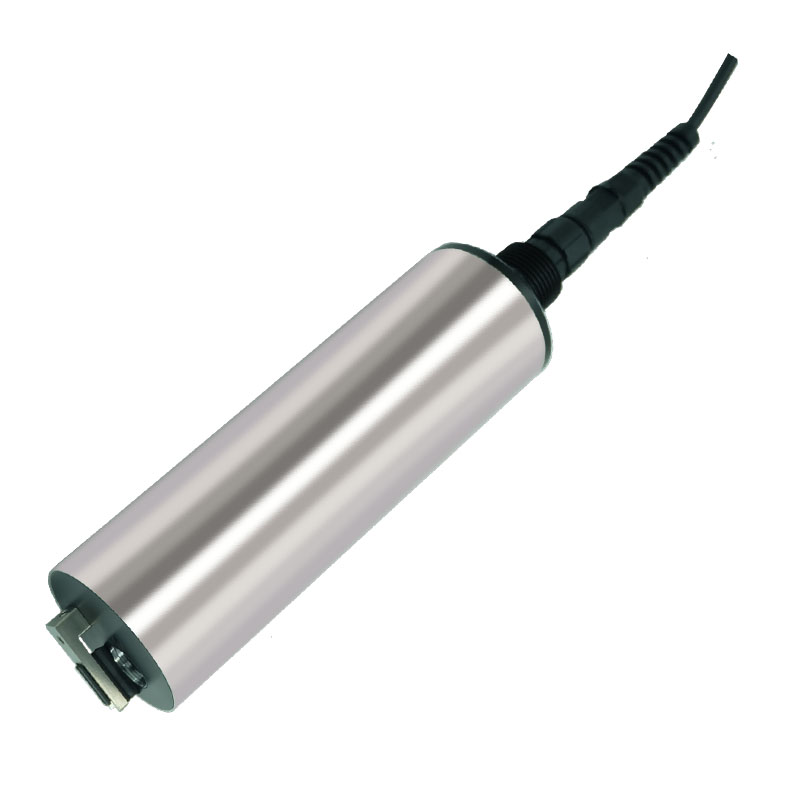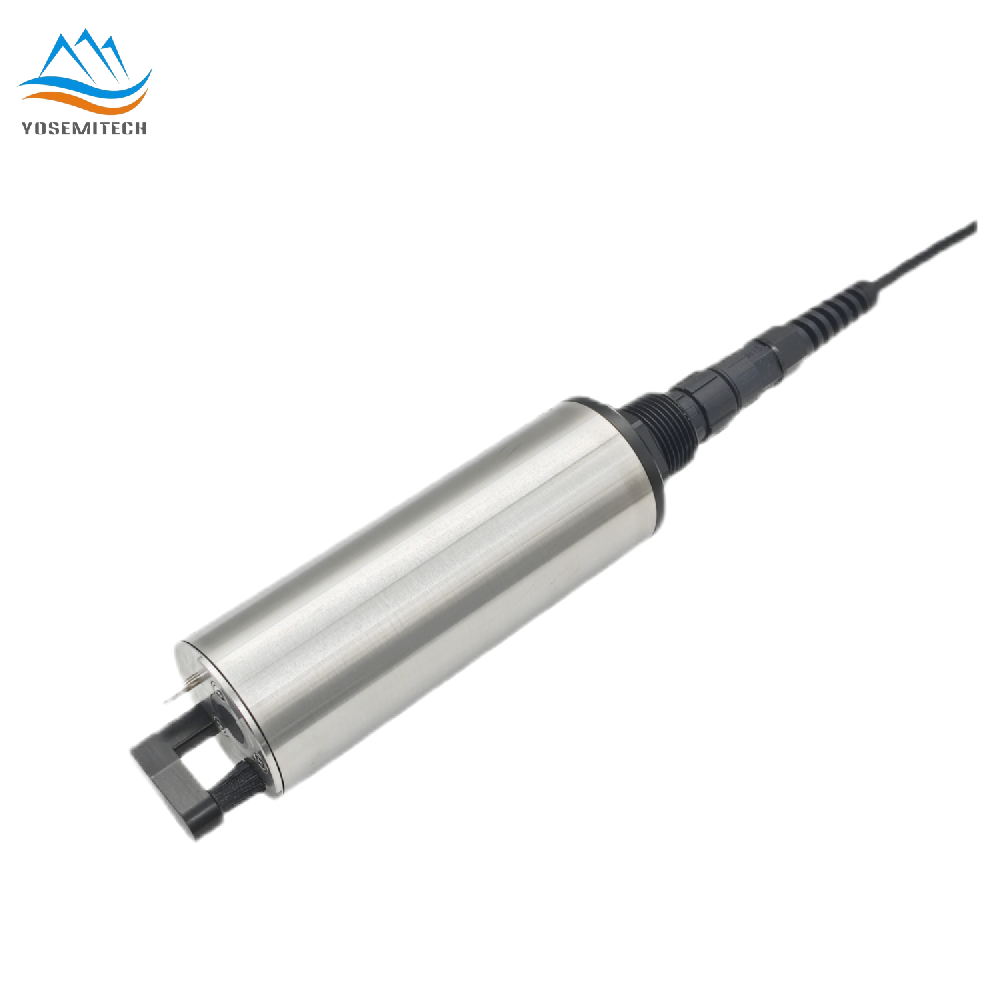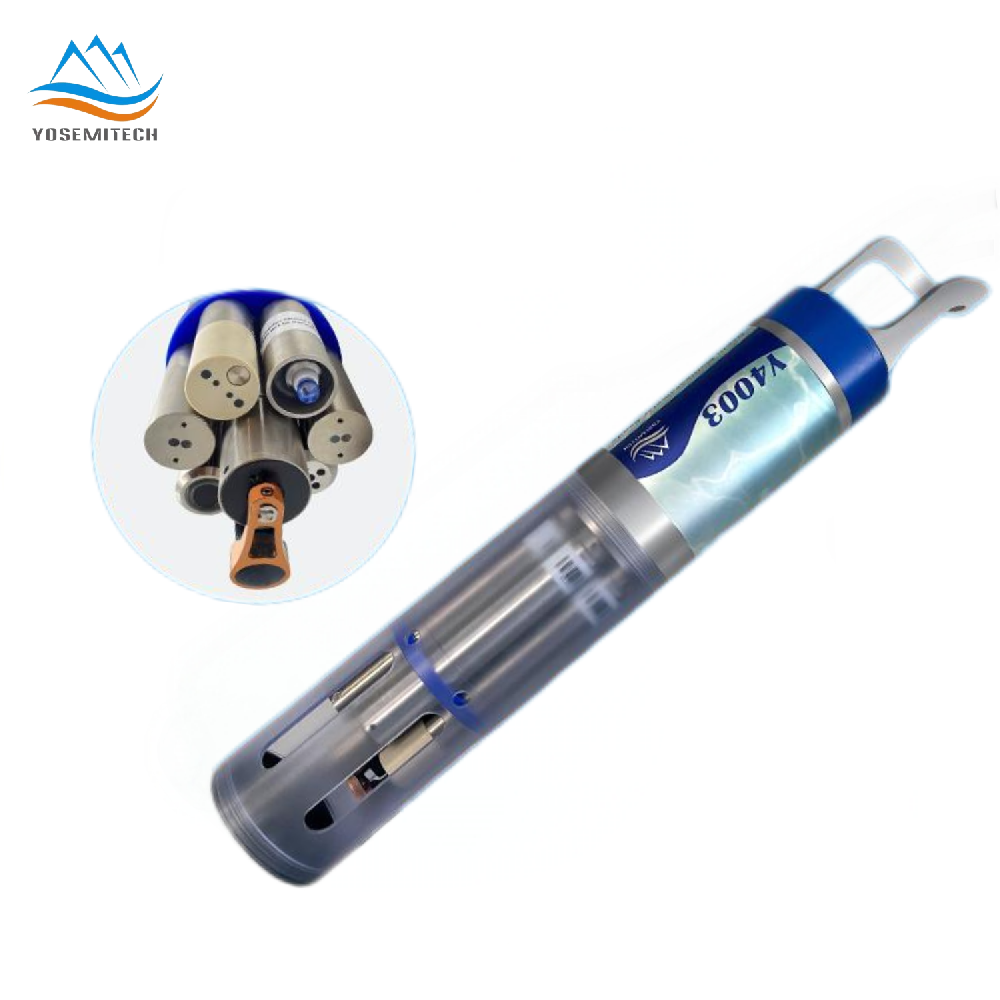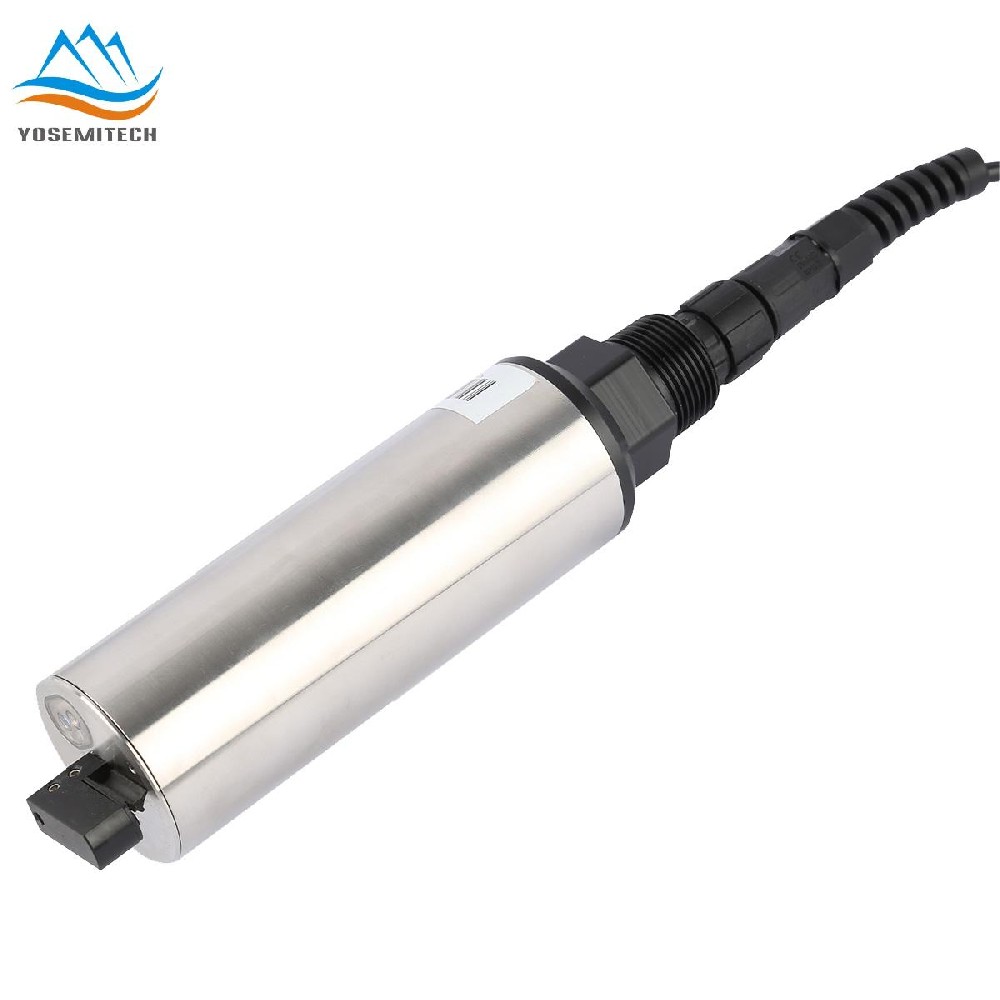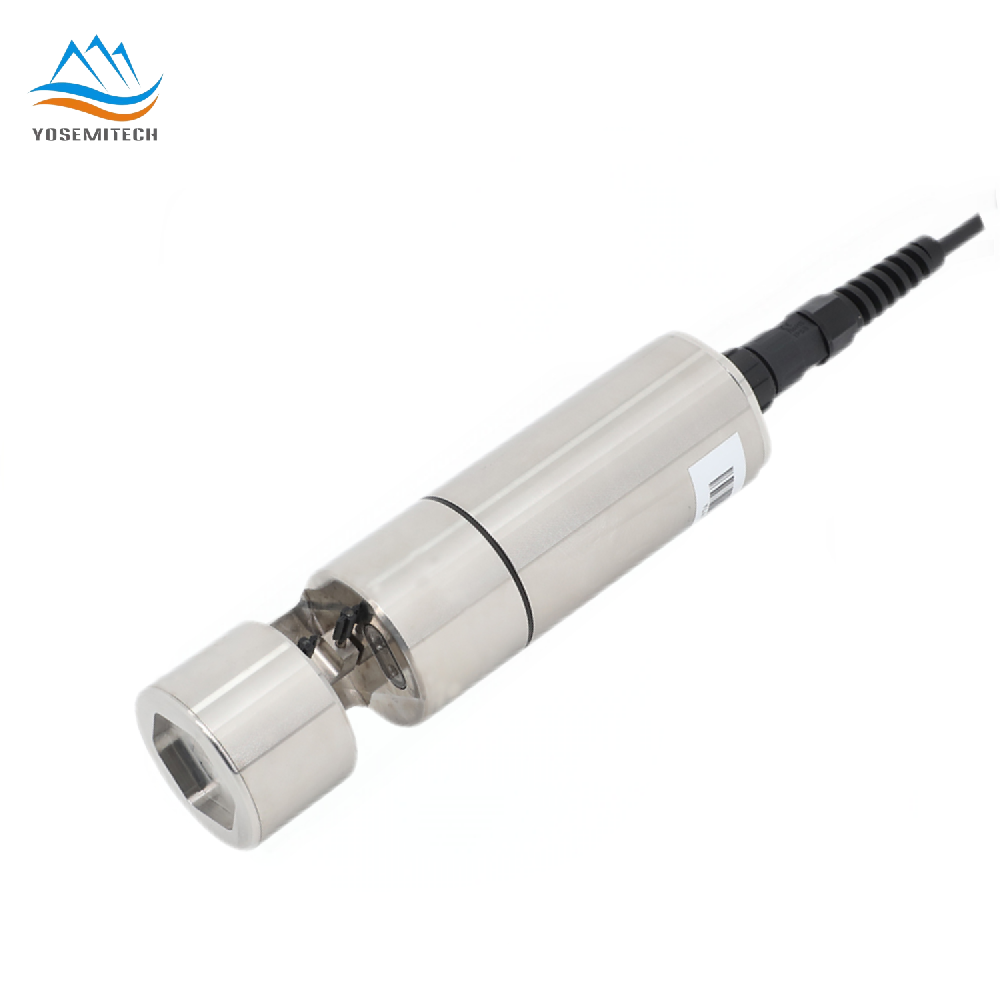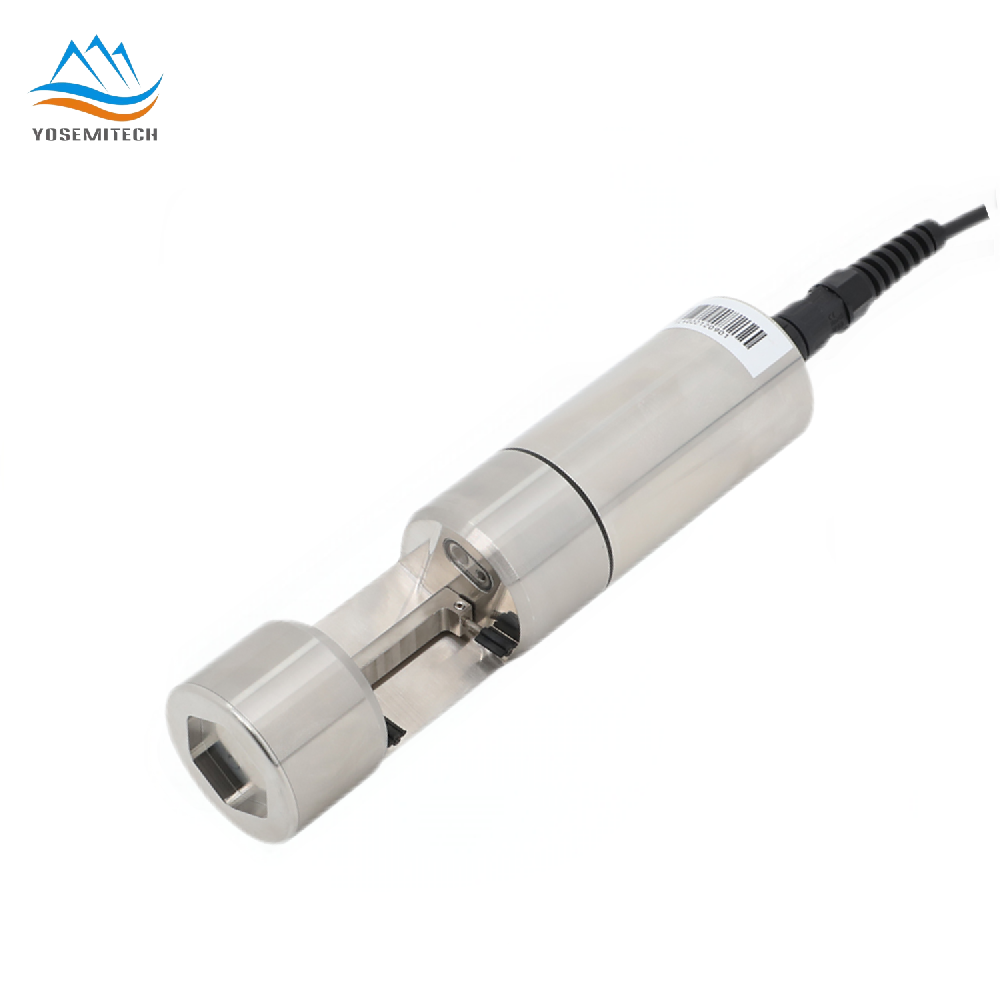Industry news
Turbidity and TSS:Essential Measures of Water Purity
Writer: admin Time:2024-10-23 14:20:45 Browse:968℃
If you’ve noticed a river becoming muddy following heavy rain, or if you've observed sediment in your water, you likely understand the importance of measuring particles and solids for evaluating water quality.
Water purity is a critical aspect of environmental health, impacting everything from drinking water quality to ecosystem balance. Two essential measures of water purity are turbidity and Total Suspended Solids (TSS). Understanding these concepts, their differences, and their importance is crucial for anyone involved in water quality management. In this blog, we will provide clarity on the difference between each parameter, the measurement data they provide, and offer suitable instrument recommendations for you!

Turbidity is an optical way to determine water clarity. Turbidity is a measure of the cloudiness or haziness of a fluid caused by large numbers of individual particles that are generally invisible to the naked eye. These particles scatter light, making the water appear cloudy or opaque. Turbidity is an important indicator of water quality, as it can affect both the aesthetic and safety aspects of water.
Turbidity in water can arise from several key factors. Soil erosion, especially during rainfall, causes runoff that transports soil particles into water bodies. Furthermore, the discharge of industrial and sewage waste introduces a range of particles and contaminants. Nutrient pollution can trigger algal blooms, leading to excessive algae growth that further elevates turbidity. Additionally, microorganisms such as bacteria and plankton can contribute to the cloudiness of the water.
Turbidity is primarily used to assess the clarity of water. Highly turbid water appears opaque and is often described as cloudy or murky due to the presence of numerous suspended particles. While turbidity and Total Suspended Solids (TSS) are related, it is crucial to distinguish between the two. Turbidity serves as an indicator of changes in TSS concentration, but it does not provide a precise measurement of the solids present. In essence, turbidity solely reflects the relative clarity of the water.
Total Suspended Solids (TSS)
Total Suspended Solids (TSS) refer to the dry-weight of particles trapped by a filter, which are not dissolved in water. TSS includes a range of materials such as silt, decaying plant and animal matter, industrial wastes, and sewage. The concentration of TSS in water is a direct indicator of the water's clarity and quality.
Water Purity
Water purity refers to the extent to which water is free from impurities, contaminants, and pollutants. It is characterized by the absence or minimal presence of physical, chemical, and biological substances that can affect the quality of the water. Pure water is generally considered to be free of visible particles, toxins, bacteria, viruses, and other harmful substances.
In practical terms, water purity is essential for various applications, including drinking, industrial processes, and laboratory work. The purity of water is often ensured through treatment processes like filtration, distillation, reverse osmosis, and other purification methods. Water purity standards may vary depending on the intended use, with different criteria set for potable water, industrial use, or laboratory applications.
Turbidity VS. TSS
While turbidity and TSS are related, they are not the same:
Turbidity measures how light is scattered by particles in the water, providing an indirect measure of water clarity.
TSS measures the actual weight of particles suspended in water, giving a direct quantitative measure.
Turbidity can be influenced by both dissolved and suspended particles, while TSS only accounts for suspended particles. Therefore, they can sometimes provide different insights into water quality.
Why Is It Important to Measure Turbidity and TSS?
Measuring turbidity and TSS is crucial for several reasons:
1. They are indicators of potential contamination and pollution.
2. High levels can indicate the presence of harmful microorganisms and chemicals.
3. Essential for maintaining compliance with water quality standards and regulations.
Effective measurement of these parameters helps in making informed decisions about water treatment and management practices.
What Contributes to Suspended Solids?
Natural processes: Erosion, weathering, and biological activity can introduce solids.
Human activities: Agriculture, construction, and industrial discharges can add significant amounts of suspended solids.
Waste disposal: Improper waste management can lead to increased suspended solids.
Factors Affecting Turbidity
Particle size and composition: Different particles scatter light differently.
Water movement: Flow rate and turbulence can resuspend settled particles.
Seasonal changes: Variations in rainfall and temperature can affect turbidity.
Measuring Turbidity and TSS
Measuring Turbidity
Turbidity is typically measured using a turbidity probe, which assesses the scattering of light by suspended particles. Measurements are expressed in Nephelometric Turbidity Units (NTU).
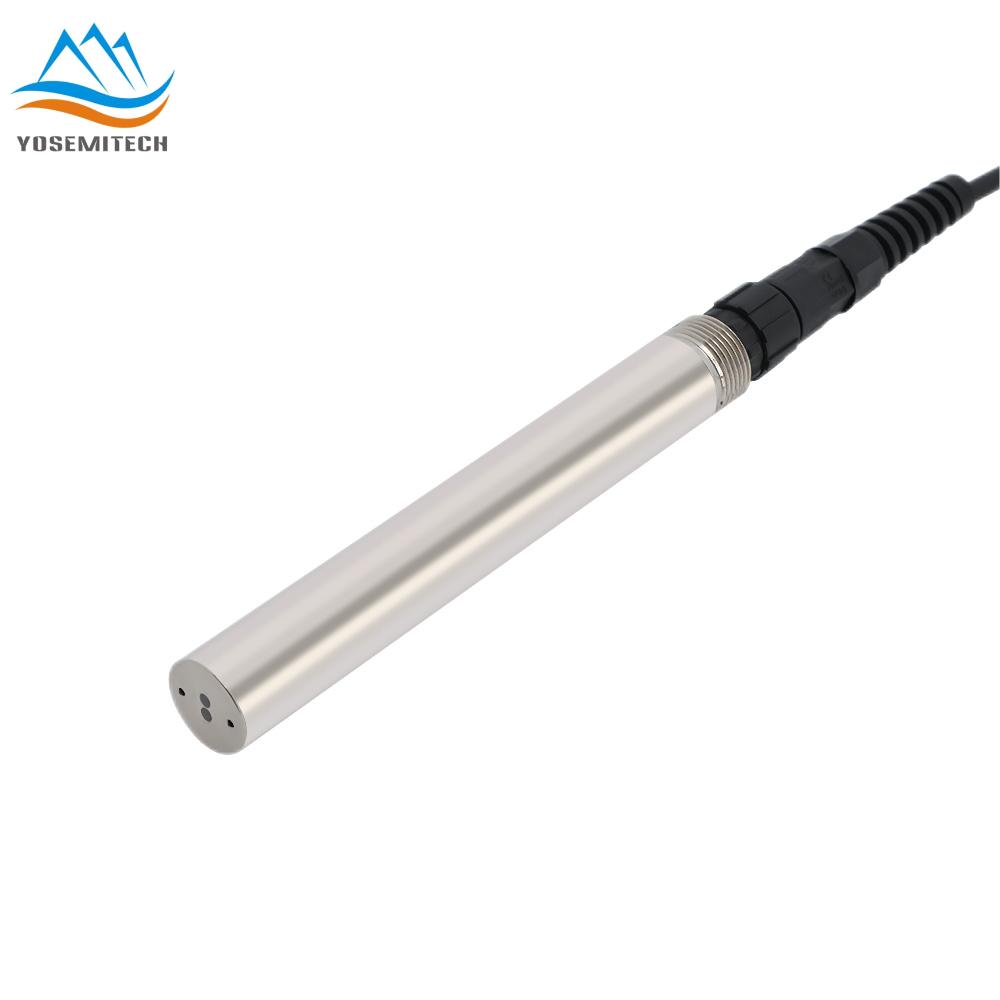
https://e.yosemitech.com/TUR/Y510-B.html
Measuring TSS
TSS is measured by filtering a water sample, drying, and weighing the residue. This method provides a direct measure of the solid content in water. In addition, we can use TSS sensors to detect TSS content in water
Conclusion
Turbidity and TSS are vital measures of water purity, offering insights into the physical and biological quality of water. By understanding and monitoring these parameters, we can better manage water resources, protect ecosystems, and ensure safe drinking water.
CATEGORIES
CONTACT US
Yosemitech Technologies Co., Ltd
 +86 19984844080
+86 19984844080
 sales@yosemitech.com
sales@yosemitech.com
 Bldg,25,CECEP Industrial Park, No. 18 Dongchang Rd. Suzhou Industrial Park, Jiangsu Province,China 215126, China
Bldg,25,CECEP Industrial Park, No. 18 Dongchang Rd. Suzhou Industrial Park, Jiangsu Province,China 215126, China
